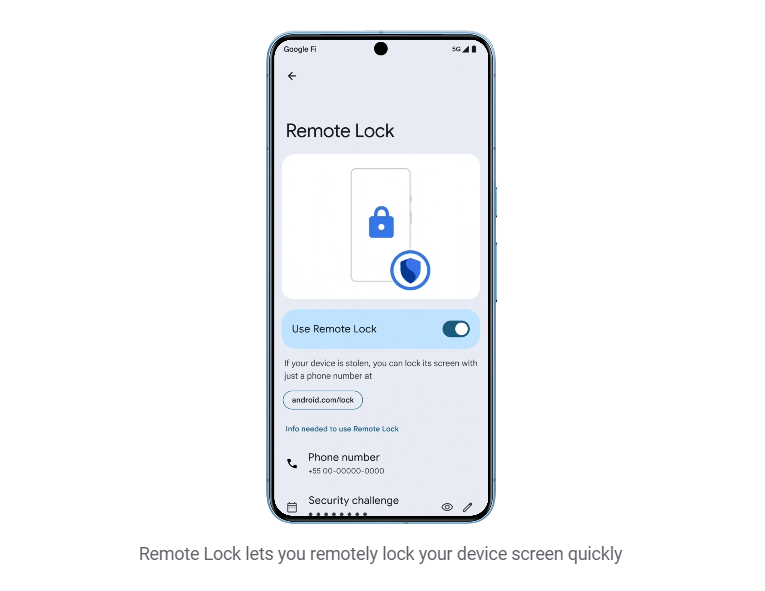At its I/O developers conference today, Google said that new tools will be sent to billions of Android phones to slow down and prevent phone thieves from accessing your information.
As part of the new updates, which also include enhancing security measures to safeguard your phone in the event that it is stolen, Android phones will soon employ artificial intelligence to recognize when they have been taken from your grasp and lock themselves.
Advanced theft prevention features with AI
A theft detection lock is intended to fend off this increasing risk. The AI-powered feature will automatically lock the smartphone when it is activated.
As per Google, your phone’s screen would instantly lock if it detected a typical motion linked to theft, preventing robbers from effortlessly retrieving your data. A gadget that abruptly begins moving swiftly in the opposite direction is one instance of this kind of trigger.
Google is also incorporating an offline device lock function, which is intended to safeguard the device in the event that it is purposefully unplugged from the network. That feature will be activated by things like not authenticating the phone on several occasions.

Biometrics requirements and a complex factory reset
When the device is logged in from an unsecured location, biometric authentication will be needed in order to modify sensitive data.
A feature that increases the difficulty of remote factory resets by criminals will also be included in the upcoming release. According to Google, this update prevents thieves from being able to reinstall the device without the device’s or the user’s Google account’s login information. As Google mentioned in an explanatory blog post,
“They’re not able to set it up again without knowing your device or Google account credentials.”
Thus, the motive for phone theft is diminished since a stolen handset becomes unsellable.
In order to safeguard the device in the event that it is purposefully unplugged from the network, Google is also introducing an offline device lock function. That feature will be activated by things like consistently failing to authenticate the phone.
Scammers would find it more difficult to capture private information using live threat detection since malware would be detected on the victim’s phone through the use of on-device machine learning.
Who is getting the new Android tools first?
In addition to the above, the app is sent to Google for further inspection with the assistance of Play Protect. This feature will be available for Pixel, Honor, Oppo, OnePlus, Lenovo, and Nothing, among other manufacturers, according to a report from 9to5Google.
With its ability to add protection not only before the phone is taken but also during the incident and after, Google’s AI-powered tool functions as a comprehensive three-step security technique.
There are parallels between Apple’s Stolen Device Protection mechanism and Google’s additional login requirement. But it has even advanced further with the development of this new stolen motion detection.
“Remote Lock will be available to Android 10+ devices through a Google Play Services update later this year. Find My Device is available on Android 5+ devices.”




